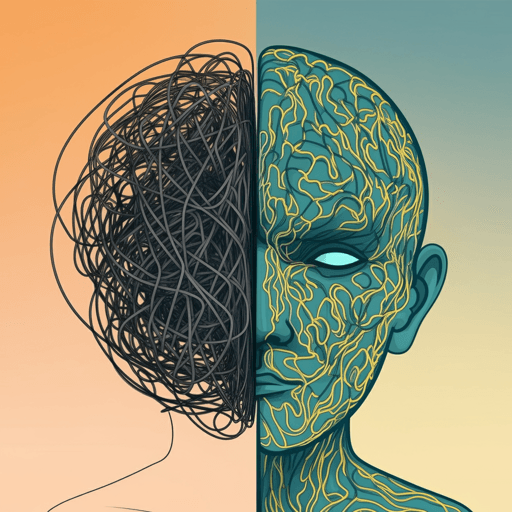
Psychology
A Randomized Clinical Trial of Cognitive-Behavioral Therapy and Applied Relaxation for Adults With Generalized Anxiety Disorder
M. J. Dugas, P. Brillon, et al.
This randomized clinical trial of 65 adults with primary generalized anxiety disorder compared cognitive-behavioral therapy (CBT) based on the intolerance-of-uncertainty model, applied relaxation (AR), and wait-list control (WL). Both manualized treatments were 12 weekly 1-hour sessions with standardized clinician and self-report assessments through 24 months. At posttest CBT was superior and showed continued improvement over follow-up, favoring CBT over AR. Research conducted by Michel J. Dugas, Pascale Brillon, Pierre Savard, Julie Turcotte, Adrienne Gaudet, Robert Ladouceur, Renée Leblanc, and Nicole J. Gervais.
~3 min • Beginner • English
Related Publications
Explore these studies to deepen your understanding of the subject.







